
Sorry, your browser is not compatible with this application. Please use the latest version of Google Chrome, Mozilla Firefox, Microsoft Edge or Safari.
Natural Disaster content
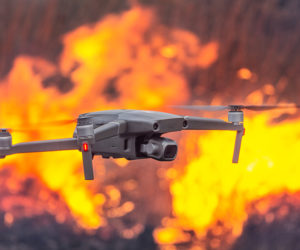
Drought, Deluge, and Data
Communities around the world are being pushed to rethink how they prepare for floods, droughts, and other extreme climate events. This report highlights real-world examples—from Texas to Jakarta—where governments and…
Learn More

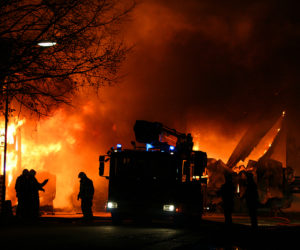
Disaster Assistance High-Risk Series
The GAO highlights growing concerns over federal workforce readiness in the face of increasingly frequent and severe disasters. Hurricanes Helene and Milton, along with the 2025 Los Angeles wildfires, required…
Learn More

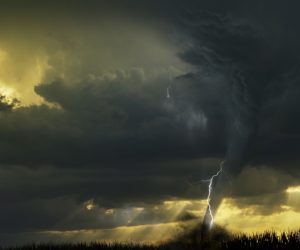
Tornadoes
Tornadoes remain one of the deadliest and most costly natural disasters in the U.S., with over 2,100 recorded in 2024 alone—the highest on record. FEMA has invested billions in assistance…
Learn More

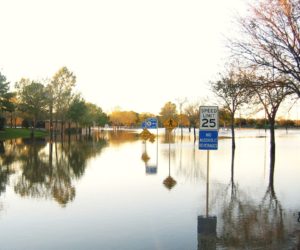
Texas Floods July 2025
In early July 2025, Tropical Storm Barry unleashed torrential rain across Central Texas, the Hill Country, and the Concho Valley, pushing rivers like the Guadalupe to major flood stage. Communities…
Learn More

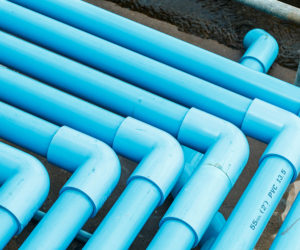
Water Infrastructure Resilience
Across the U.S., vulnerable communities face growing risks to their drinking water and wastewater systems from natural disasters. Between 2014 and 2023, EPA, FEMA, and USDA delivered billions in grants…
Learn More

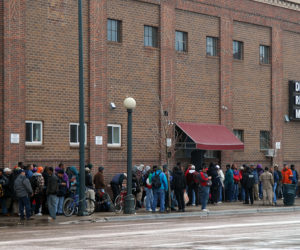
The Relationship Between the Population...
As climate-related disasters become more frequent, understanding their social and economic impact is crucial. This Census Bureau working paper explores how household income, demographic factors, and geography influence the ability…
Learn More


Investments under Risk: Evidence from Hurricane...
How do companies respond when hurricanes hit their operations? This study shows that after major hurricane strikes, firms shift capital investment away from affected areas toward safer regions—especially after 1997,…
Learn More


Executive Order 14308: Empowering Commonsense...
The January 2025 Los Angeles wildfires exposed dangerous delays in local and state wildfire response efforts, prompting swift federal action. Executive Order 14308 calls for modernizing and unifying wildfire strategies…
Learn More

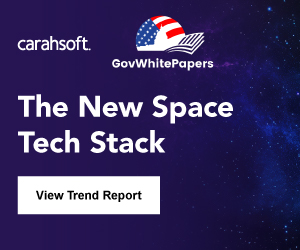
The New Space Tech Stack
The future of space operations is being reshaped by AI, edge computing, and immersive tech. Government agencies are leveraging these tools to extract insights from satellite imagery, streamline disaster response,…
Learn More


Artificial Intelligence in the Fire Service
As artificial intelligence continues to transform public safety, the fire service stands to gain powerful new tools—but only if AI is implemented responsibly. This NIST publication explores how AI can…
Learn More

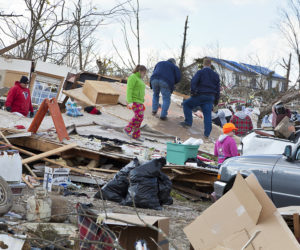
Disaster Assistance: Updated FEMA Guidance Could...
FEMA revised how it evaluates disaster assistance requests, aiming to better support communities—especially smaller or more vulnerable ones. However, its guidance still relies on outdated data, making it harder for…
Learn More


WUI Fire Evacuation and Sheltering Considerations:...
This updated NIST report introduces a structured methodology to help wildland-urban interface (WUI) communities assess, plan, and execute fire evacuations when time is critically limited. Drawing on lessons from the…
Learn More


Wind-Driven Fire Spread to a Structure from...
This NIST study examines how landscape timbers contribute to fire spread during wildland-urban interface (WUI) events. Through 16 wind-driven experiments, researchers found that landscape timbers can ignite spot fires, transfer…
Learn More


Gross Domestic Product: 1st Quarter 2025
In the first quarter of 2025, real U.S. GDP declined by 0.3%, reversing the 2.4% growth from the previous quarter. This contraction was mainly due to a sharp rise in…
Learn More


Aging and Wildfire Risk to Communities
As wildfires grow more intense and frequent, an aging population is increasingly at risk, especially in rural and wildland-urban interface areas. This report highlights how older adults disproportionately live in…
Learn More


